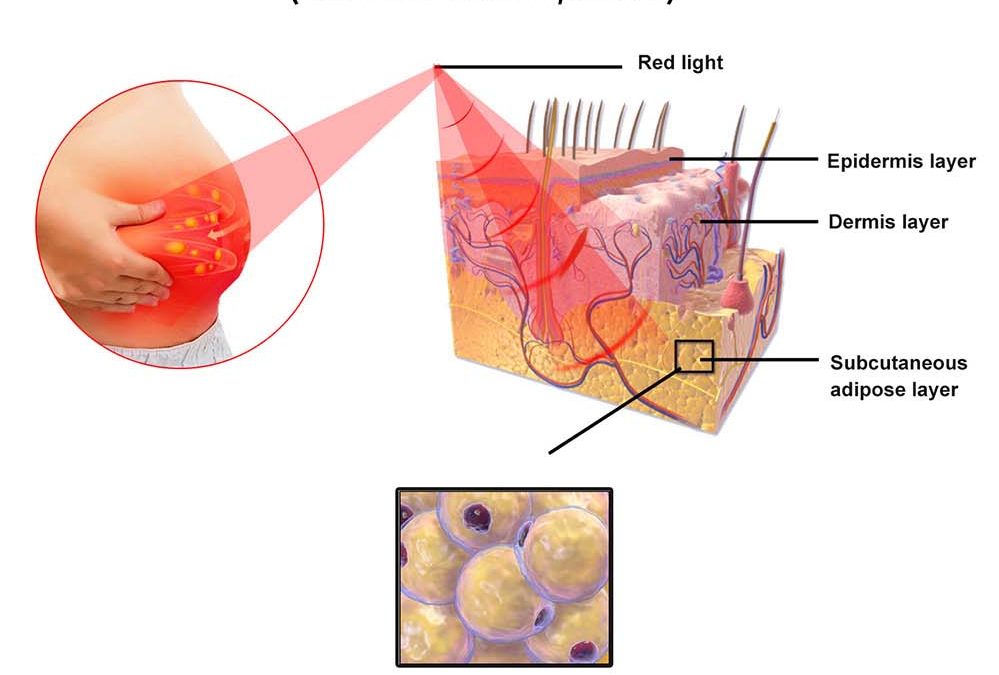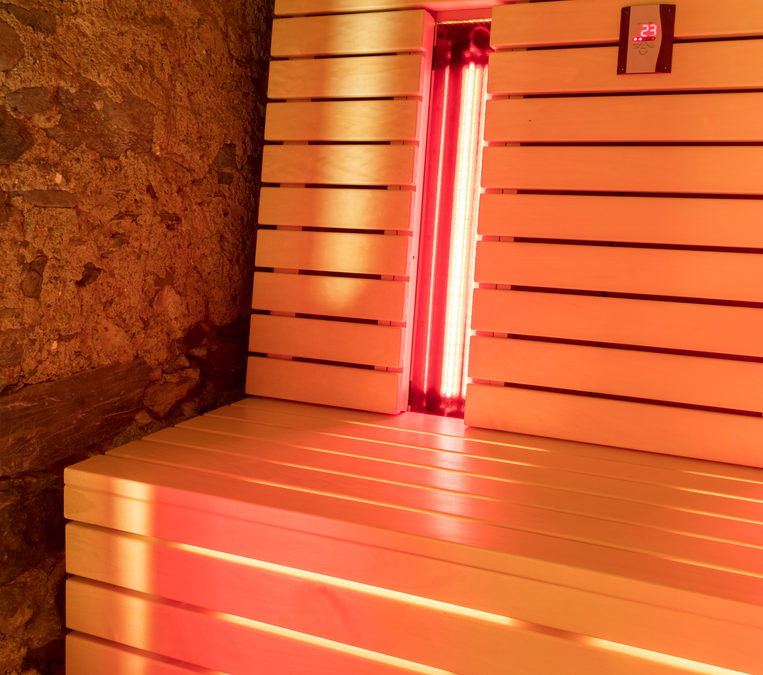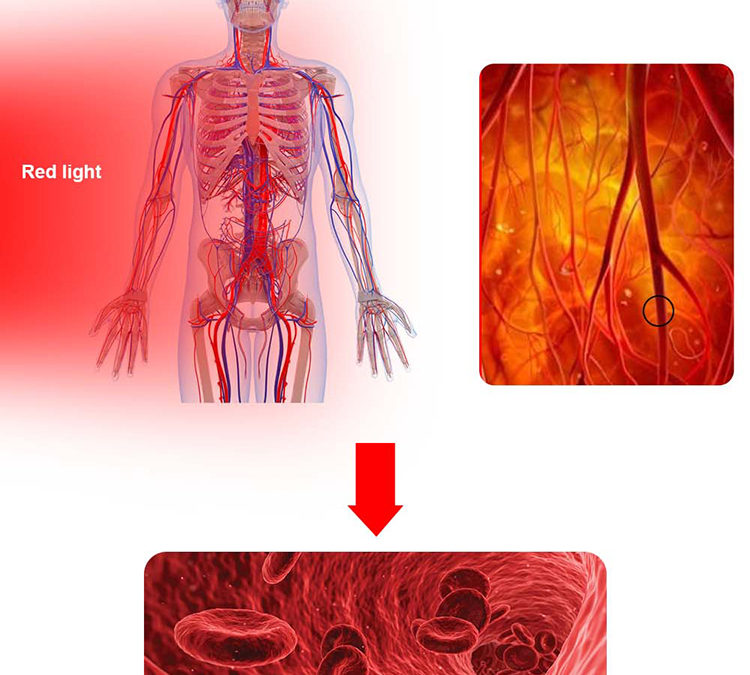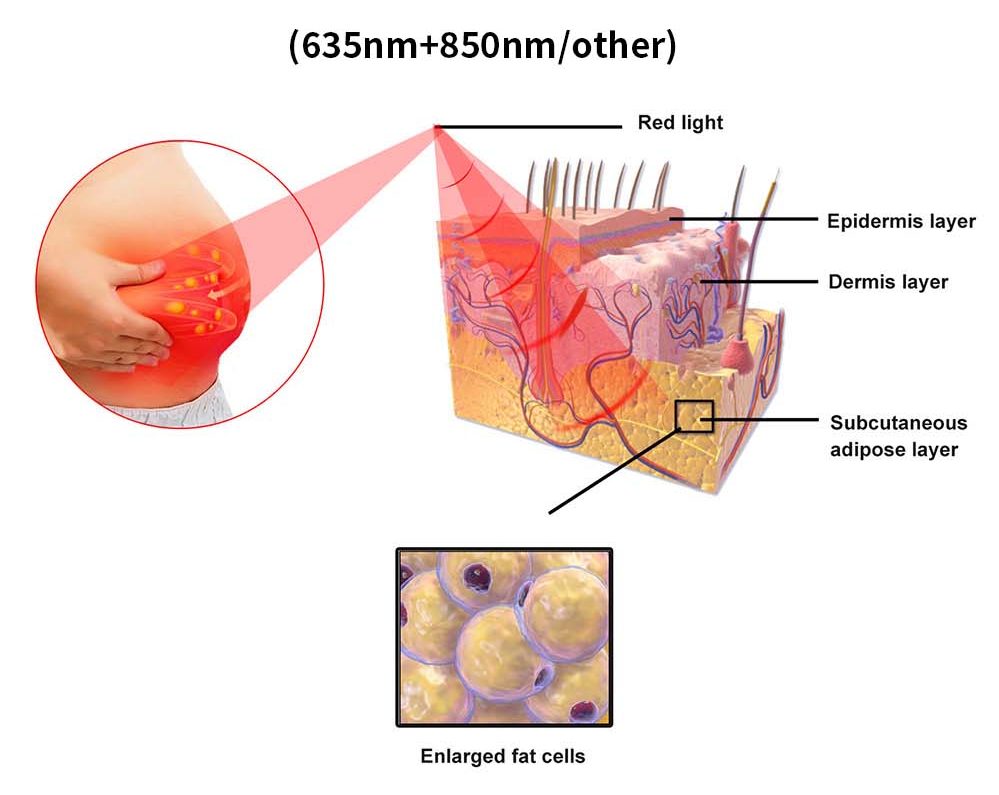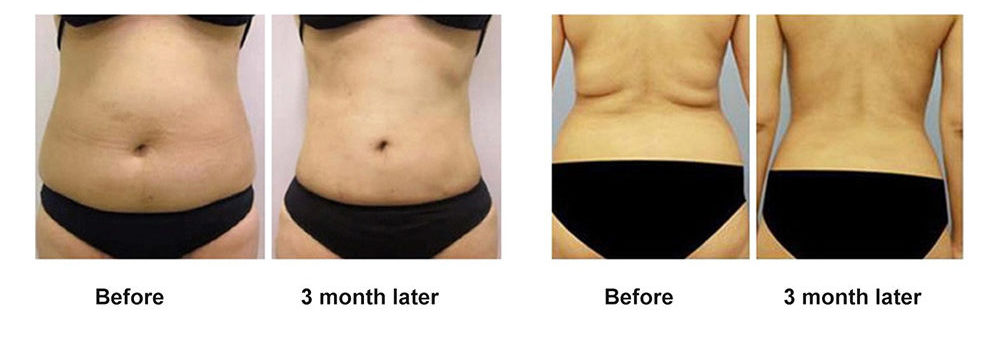
The Benefits of Resistance Training
Everybody knows that exercise is important, but their minds usually go to aerobic exercise. Yes, a well-rounded program is excellent. However, resistance training (or strength training) and proper nutrition can help improve your physical health dramatically! However, some people don’t know where to start with all of the workout options available. Luckily, we can help with that. Let’s talk about some of the key benefits of resistance training to get you motivated for the gym!
Benefits of Resistance Training
All exercise offers benefits to our long-term health and wellness. However, resistance training is unique. It helps you burn more calories throughout the day, increases lean muscle mass, and makes us stronger.
Increasing our strength and muscular endurance can help us feel more confident and help improve the long-term quality of our lives. The increase in strength, endurance, and mobility that comes with a well-rounded resistance training program will make everyday tasks easier and more comfortable.
Particularly, strengthening our cores can lead to reductions in chronic lower back pain, which affects 80% of US adults. Also, resistance training is simply fun!
There are so many different types of resistance training exercises to try. This way, you will never get bored. Dumbbells, barbells, pull-up bars, resistance bands, gymnastic rings, and even the floor will offer all the options you could ever need for a well-rounded exercise program.
Best Types of Resistance Training
The only “bad workout” is the one that never happened or the one that was done unsafely. As long as you use proper form and take necessary precautions, do whatever feels right for you!
Resistance bands, free weights, and machines are all excellent forms of resistance training. We recommend using compound movements with free weights as your primary mode of resistance training, as excessive training on machines can lead to injury.
For anybody under age 16, we recommend sticking to bodyweight exercises like calisthenics. Weight training at a young age may stunt growth or place too much pressure on developing bone structures. However, push-ups, pull-ups, bodyweight squats, lunges, and gymnastic movements are very safe and effective for building strength at all ages!
Even swimming offers plenty of resistance perfect for muscular and cardiovascular endurance! It’s great for all ages.
If you want to combine the best of both worlds (cardio and strength), try high-intensity interval training. HIIT has shown remarkable benefits to people of all ages and fitness levels.
However, the best type of resistance training is the one you enjoy and the one that you perform safely. Doing calisthenics is better than bodybuilding and powerlifting, but only if you think so!
Stay Strong
Now that you know some of the key benefits of resistance training, hit the gym and find a program you enjoy. Remember to keep changing up the exercises and follow it up with the right nutrition!
Stay up to date with our latest healthy lifestyle tips and feel free to contact us with any questions!
